Monitoring bycatch

Bycatch significantly affects a wide variety of sensitive marine species. For example, the UK Bycatch Monitoring Programme (BMP) estimated that 502–1,560 harbour porpoises were bycaught in UK fisheries in 2019; while a recent JNCC report found that cormorants, northern fulmars, and guillemots are the seabirds most likely to become incidental bycatch in the UK. However, as in many other parts of the world, it’s hard to determine the exact scales of sensitive marine species bycatch.

Several initiatives are working to provide important data: the Bycatch Monitoring Programme, a dedicated observer scheme for monitoring bycatch in UK fisheries coordinated by the Sea Mammal Research Unit (SMRU); a catch sampling programme called the Observer Programme, coordinated by Cefas; and the Cetacean Strandings Investigation Programme (CSIP), which collects data on stranded cetaceans which show signs of having been bycaught.

Key challenges for bycatch monitoring revolve around the low levels of observer coverage across UK fisheries (less than 5% of commercial fishing activity is observed), and the limited space aboard fishing vessels for people and monitoring equipment. Added to this, there’s still much to learn about the population sizes, movements, distributions, behaviours, and post-release survival of many sensitive marine species – knowledge of which could help us develop effective ways to mitigate bycatch.
